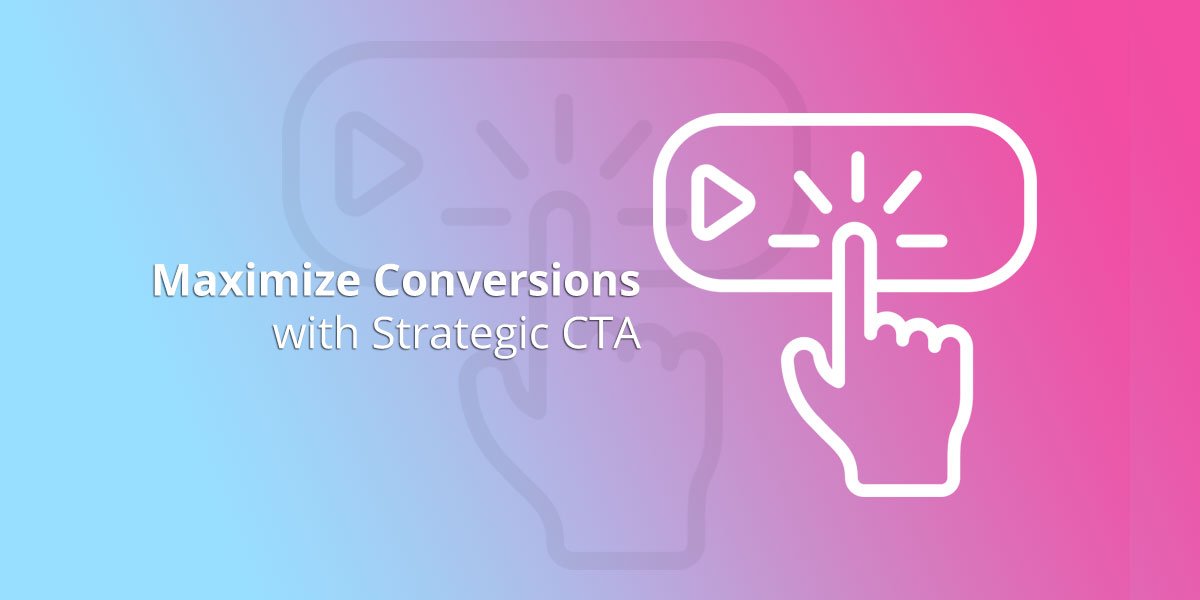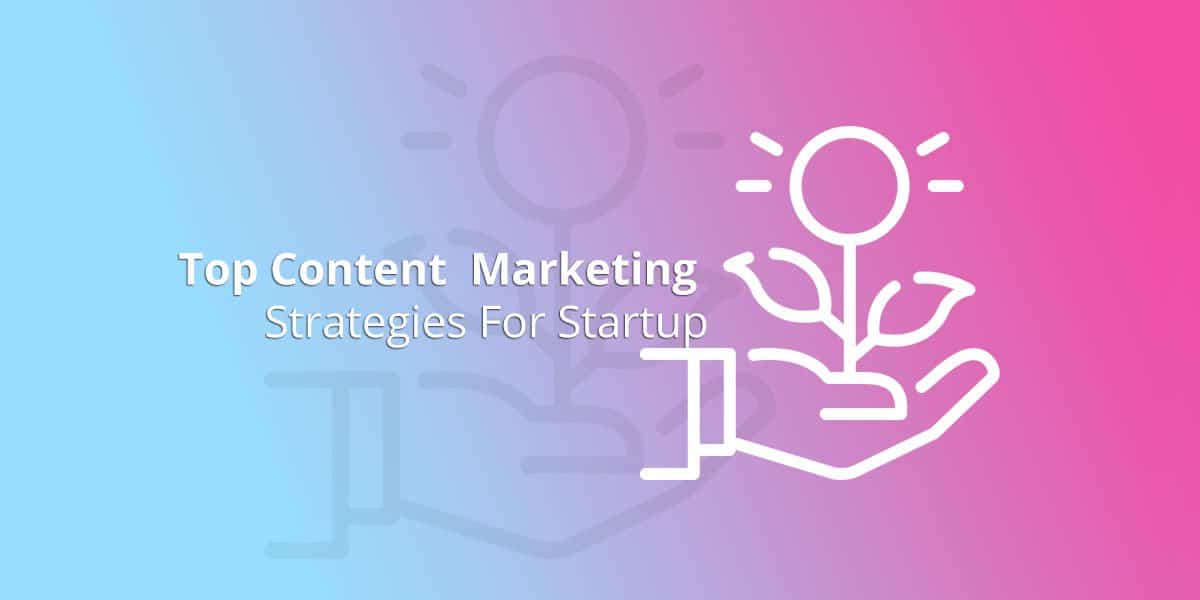The art and science of marketing web sites for search engines, known as search engine marketing, has been changing markedly over the last few years.
What once worked out well has become a big no-no for web site owners. For this reason, it is important to understand what went before, the state of play now, and what the trends are suggested for the future too. This way, clients can avoid making a misstep and hurting their business prospects online.
When it comes to search engines, the Big Daddy is, of course, Google. Whether it’s Google.co.uk or Google.com, their regional search engines around the world handle a significant percentage of the world’s internet users’ searches every day.
Being in Google mattered. Indeed, ranking in a high position for particular types of searches made a huge difference to how many people visited your site. Being in Google still matters, but being everywhere (INT. LINK) online is also good to protect from one search engine having too much power over your business results too.
The Past
In the last few years, webmasters and search engine optimisation (SEO) “experts” tried to work their magic to outfox Google to rank new web sites high up on the first page for a slew of related search terms that they were targeting. If they sold dog collars in an e-commerce shop and could rank well for “dog collars” in Google, they were laughing all the way to the bank.
Often people did this by paying for links from other unrelated sites that pointed to their site. A dog collar site (to continue the analogy) which had link text, known as anchor text, which said: “dog collars” might do well.
Indeed, enough “dog collar” links pointing at your site and Google deemed this site very important. It worked like a popularity contest at school – if lots of other people though you were popular, then you must be popular. It was simplistic but it worked for a long time.
As Google changed how they searched the web and delivered relevant search results, SEO marketers evolved their practices to again and again to try to outfox Google and continue to rank high. It turned into a bit of a game of cat and mouse.
 The Present
The Present
Roll forward several years and the technology has improved markedly. Google is now using hundreds of indicators to determine if a web page and a web site are worthy of ranking highly for a given term.
Google turned things completely upside down so that any site being linked to using the same or similar terms were no longer benefiting from this practice, but were instead sinking to the bottom of the search results pages. It got so bad that many had to completely abandon web sites and start all over again.
Journalists and other content writers could now create Google+ accounts for themselves and indicate which content they wrote using new authorship mark-up code within each article posted online. Google would rate that content and the individual overall for quality of content and how much they could trust their writing to be helpful in the future. Good content linked to real authors helped to elevate their writing higher in the rankings; those that didn’t associate writers with their site content often suffered. Spammy sites didn’t link to anything.
Guest posting was the next thing to fall. A common practice was to have content written and posted on another site as an article, which was there primarily just to link back to their own site. Such practitioners were after the “link juice”. If the site they posted the guest post on was respected by Google, just like at school, they got more “street cred”.
Google recently made it so that sites will too many guest post links pointing too them didn’t fare too well. The relevance of the page and the site that the guest post was placed on in reference to where it linked to started to matter more. If it didn’t make any sense that a site about cartoons was linking to a dog collar site, the link had little value any more. Many sites lost so much ranking overnight that they never recovered from this single change.
Google asked site owners to try to remove their excessive links to bring their site back to respectability. This involves emailing potentially thousands of webmasters requesting that they take down a link pointing to the email sender’s site. The admin time involved in managing such an endeavour is perhaps hard to fathom. Eventually, Google acquiesced a little by saying that sites could be reconsidered for improved ranking in Google if a reasonable effort to remove low-quality links was evident.
For SEO, the end of 2013 and early 2014 became a watershed moment when all the old SEO practices had to be thrown out because they no longer worked and actually would hurt a web site. Back to the drawing board…
And The Future
Today, things have changed enormously. Guest posting is still an acceptable practice, but in moderation, on relevant sites, posting high quality content. The post has to help visitors to that site. It cannot be a throwaway article to get a link back.
Link building is still possible and useful, but it has to be link building that has some kind of disguise if it’s not naturally created. Links can be natural things. People own sites, like what you wrote, and link back to it. Future links need to look natural even if they were not naturally obtained.
Buying links is a big no-no. Paying a site owner to link back to you is going to get discovered. Don’t do it. The best you’ll see is a short-term bump in ranking position, followed by a fast decline that is hard to stop once it begins. The best way to avoid trouble is to not do anything bad in the first place.
Fresh content matters a great deal. Posting frequency can matter, but the content needs to be good. In many ways, you’re better posting every week or two with something insightful than posting daily 100 word missives that have no discernible value to anyone, least of all visitors. Google uses human web site checkers around the world to manually check sites for quality. It is worth remembering that.
Length also matters. Google has started to value content that is thousands of words rather than only 300-500 words long. There is more value in something longer if it’s well researched and well written. The search engine is actively highlighting longer content separately in search results now. They’re also focusing on brands.
Building the brand is important for search because there is a belief from the top down at Google that brands can be trusted. Building a brand is useful for many reasons, but they are especially valuable online.
Search also started to get much more personal. Search results are now personalised if the Google user is logged in. Results reflect past sites visited, friends recommendations and personal preferences. For logged in users, there is really no longer a single country fixed search result for a given search term. This personalisation will only extend and grow deeper in the future.

An Alternative Viewpoint
One last point. There is a new line of thinking, held by a seasoned few, who suggest one should develop a marketing plan as if Google didn’t exist. Then ask the question, how would I get my web site/brand in front of people who’d care?
We cannot control how much Google cares about our site and how it ranks it. But the everywhere approach to marketing is a useful one because it reduces one search company’s dominance online and increases our chances of potential/existing customers seeing our brand.
Get in touch to see how we can help you get noticed online








